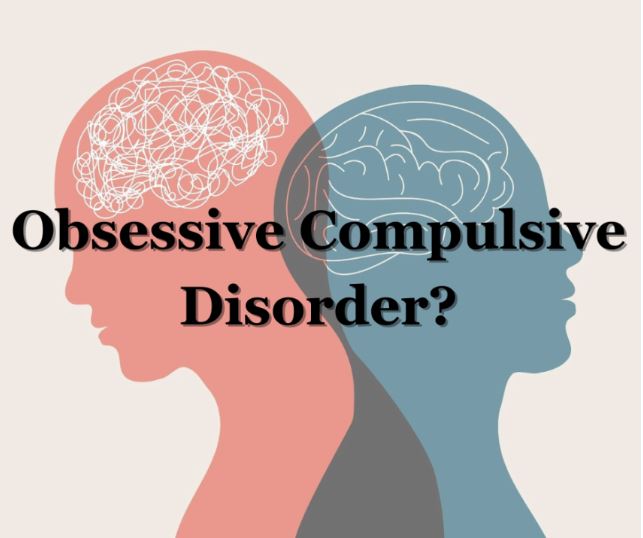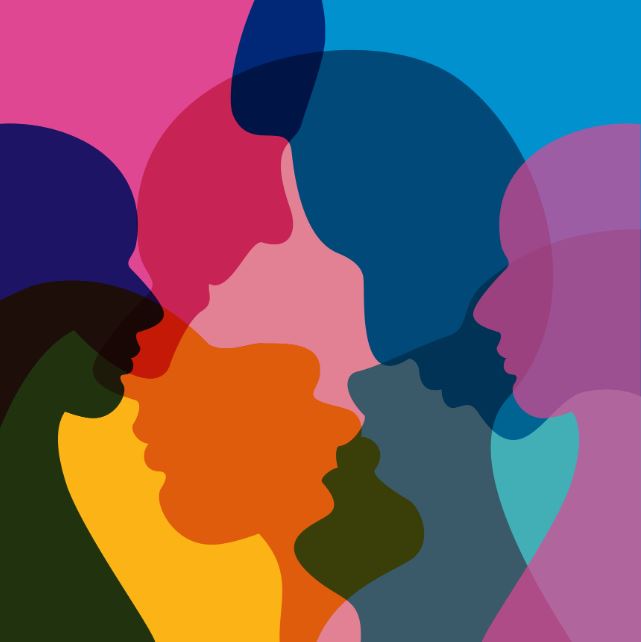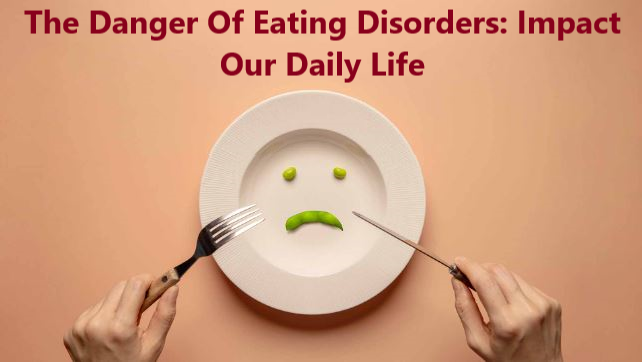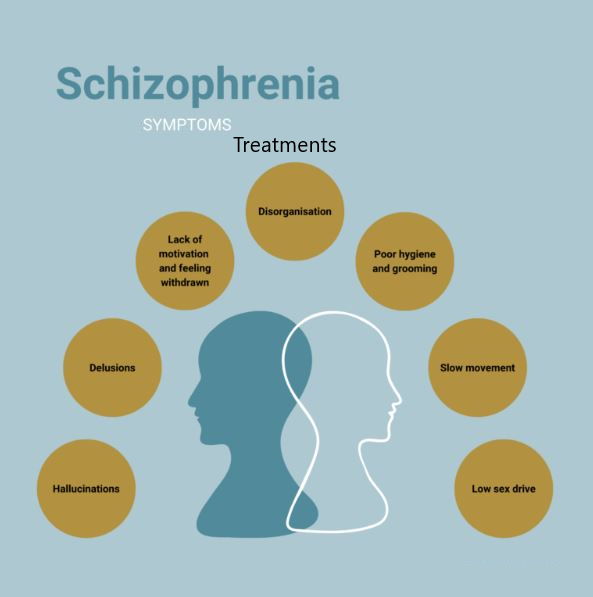Explore the intricate landscape of Obsessive-Compulsive and Related Disorders (OCD), delving into symptoms, causes, and the latest treatments. Gain insights into living with OCRDs and discover hope through stories of resilience and recovery.
Table of Contents
Obsessive-Compulsive and Related Disorders are a group of mental health conditions characterized by the presence of obsessions and/or compulsions that significantly interfere with an individual’s daily life. These disorders manifest through a wide range of symptoms, from intrusive and unwanted thoughts to repetitive behaviors performed to alleviate anxiety or distress. The most commonly recognized conditions within this category are Obsessive-Compulsive Disorder (OCD) and Hoarding Disorder.
Obsessive-Compulsive Disorder (OCD)
Obsessive-Compulsive Disorder (OCD) is a chronic mental health condition marked by a cycle of obsessions and compulsions. These elements create a pattern of behavior that can significantly interfere with an individual’s daily life and well-being. Understanding the nuances of OCD is crucial for recognizing its impact on those who live with it and for guiding effective treatment approaches.

Obsessions
Obsessions in OCD are unwanted, intrusive thoughts, images, or urges that trigger intensely distressing feelings. Unlike everyday worries about real-life problems, obsessions are excessive and often not realistic. Individuals with OCD may recognize that their obsessions are not true, or that their fears are exaggerated, but the anxiety and discomfort they feel are real and compelling.
Common obsessions include fears of contamination, fears of harming oneself or others accidentally, and fears related to perfectionism, such as an intense worry over symmetry or order.
Compulsions


Compulsions are repetitive behaviors or mental acts that a person feels compelled to perform in response to an obsession or according to rigidly applied rules. These behaviors are meant to reduce distress related to obsessions or to prevent a feared event or situation; however, they are not realistically connected to the outcomes they aim to prevent, or they are excessive.
Examples of compulsive behaviors include excessive cleaning or handwashing, repeated checking (of locks, appliances, etc.), compulsive counting, and arranging items in a particular way. Compulsions can be time-consuming and significantly interfere with the individual’s normal routine, work, social activities, and relationships.
The Impact of OCD
The cycle of obsessions and compulsions in OCD can take up several hours of a person’s day, causing significant distress and impairing social, occupational, or other important areas of functioning. The intense anxiety caused by obsessions and the time spent on compulsions can prevent individuals from engaging in meaningful activities or maintaining relationships.
Treatment
Effective treatment for OCD often involves a combination of cognitive-behavioral therapy (CBT) and medication. Specifically, a type of CBT known as Exposure and Response Prevention (ERP) is considered the gold standard for treating OCD. ERP involves being exposed to the source of fear (the obsession) without engaging in the ritual behavior (the compulsion) to learn that anxiety decreases over time even without the compulsion.
Medications, particularly selective serotonin reuptake inhibitors (SSRIs), are also commonly used to help reduce the symptoms of OCD. In some cases, a combination of therapy and medication provides the best outcomes.
OCD is a complex disorder that goes beyond common stereotypes of neatness or liking things in order. Its defining features—obsessions and compulsions—can lead to significant impairment in functioning and quality of life. However, with appropriate and personalized treatment, individuals with OCD can manage their symptoms effectively and lead fulfilling lives. Increasing awareness and understanding of OCD are vital for reducing stigma and encouraging those affected to seek help.
Hoarding Disorder
Hoarding Disorder is a mental health condition that goes beyond general clutter or collecting behaviors. It is characterized by an ongoing difficulty in parting with possessions due to a perceived need to save them, regardless of their actual value. This difficulty leads to an accumulation of items that can significantly clutter and obstruct living spaces, causing distress and impairing daily functioning. Understanding the symptoms and impact of Hoarding Disorder is essential for recognizing the condition and seeking appropriate treatment.


Symptoms of Hoarding Disorder
- Persistent Accumulation of Items: Individuals with Hoarding Disorder continuously collect items, often of little to no value, such as newspapers, magazines, broken objects, or items they think might be useful in the future.
- Difficulty Organizing Possessions: The volume of accumulated items can become overwhelming, making it hard to organize. Living spaces may become cluttered to the point that they can no longer be used for their intended purposes.
- Distress at the Thought of Discarding Items: The thought of throwing away or giving away possessions causes significant anxiety and discomfort, leading individuals to avoid making decisions about discarding items.
- Cluttered Living Spaces: The accumulation of items fills and overruns living areas, often making parts of the home unusable for everyday activities like cooking, sleeping, or bathing.
- Impairment in Functioning: The hoarding behavior causes significant distress or problems in social, occupational, or other important areas of functioning. Relationships may suffer, and health and safety concerns can arise due to the clutter.
Impact of Hoarding Disorder
The effects of Hoarding Disorder extend beyond cluttered homes. It can have profound implications on the emotional, physical, social, and financial well-being of those affected and their families. Cluttered environments can pose serious health and safety risks, including fire hazards, tripping hazards, and unsanitary conditions. The disorder can also lead to social isolation, as individuals may feel embarrassed about their living conditions and avoid having visitors or even essential repair and maintenance services.

Treatment
Treatment for Hoarding Disorder can be challenging but is possible. Cognitive-behavioral therapy (CBT) is the most common and effective form of treatment, helping individuals understand and change their thoughts and behaviors related to hoarding. Therapy may focus on reducing the urge to acquire new items, improving decision-making and organizational skills, and gradually decluttering the home.
In some cases, medications used to treat other mental health conditions, like depression or anxiety, may also help alleviate symptoms of Hoarding Disorder, although medication is not a standalone treatment for hoarding.
Hoarding Disorder is a complex condition that requires a compassionate, multifaceted approach to treatment. Early intervention and tailored therapy can help individuals manage the symptoms of hoarding, improve their quality of life, and reclaim their living spaces. Support from family, friends, and healthcare professionals plays a crucial role in the recovery process, emphasizing the importance of understanding and addressing this disorder with empathy and patience.
Understanding the complexities of mental health disorders—from anxiety, mood, and psychotic disorders, to obsessive-compulsive and related disorders, including Hoarding Disorder—highlights the diverse challenges individuals face in their mental health journeys. These conditions, characterized by a wide range of symptoms, significantly impact daily functioning, relationships, and overall quality of life. However, the common thread across these disorders is the potential for improvement and recovery through appropriate treatment and support.
Effective management often involves a combination of psychotherapy, medication, lifestyle adjustments, and the support of a compassionate community. Cognitive-behavioral therapy (CBT), in particular, stands out as a versatile and effective treatment modality across various disorders, offering strategies for individuals to manage symptoms, change maladaptive thought patterns, and improve coping mechanisms.
The journey toward mental wellness underscores the importance of early intervention, personalized treatment plans, and ongoing support. It also highlights the necessity of reducing stigma and enhancing public awareness about mental health conditions to encourage individuals to seek help and support.
In conclusion, while mental health disorders present significant challenges, advancements in treatment and a growing understanding of these conditions offer hope. With the right approach, individuals can manage their symptoms, achieve better quality of life, and embark on a path to recovery. The collective effort of healthcare professionals, researchers, patients, and society is crucial in fostering a supportive environment that promotes mental health and well-being for all.










